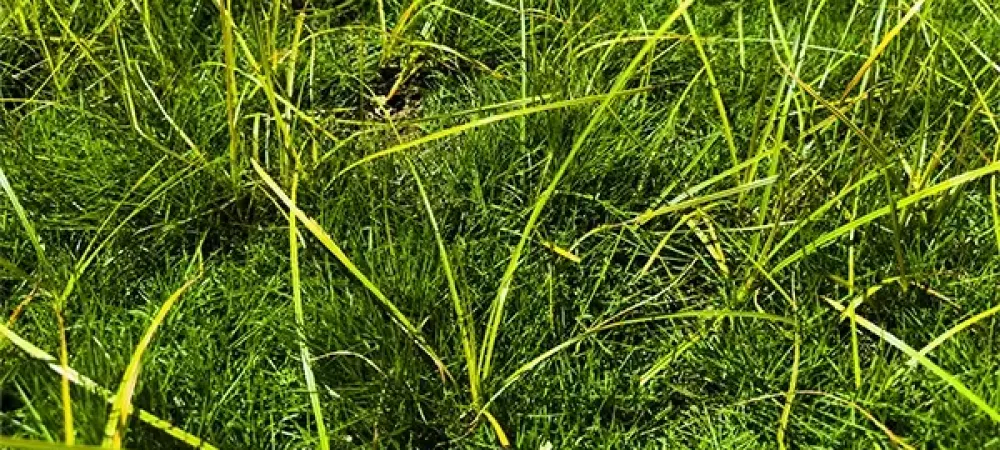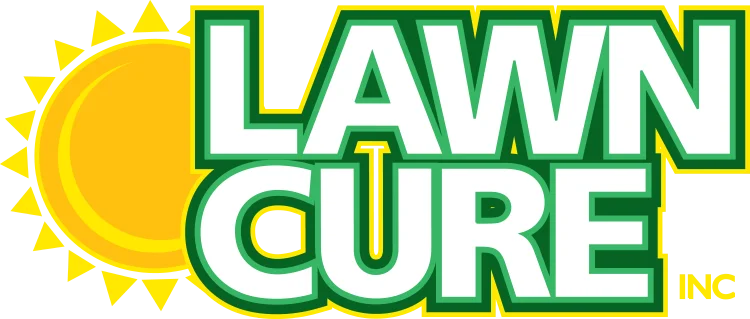Yellow Nutsedge – The ‘gift’ that keeps on giving

Yellow nutsedge (Cyperus esculentus) is an erect, glasslike perennial member of the sedge family. It is found earth-wide. Sometimes referred to as nut grass, swamp grass or water grass, it is a sedge (not a grass) and is not controlled with normal broadleaf weed herbicides.
Why is yellow nutsedge so difficult to eradicate? Note some overwhelming facts from Penn State Extension:
In one growing season, a single yellow nutsedge seedling can develop a plant system capable of producing 90,000 seeds with 50 to 90 percent viability.
Underground tubers that form at the end of each rootlet are even more important than seeds in the plants reproductive process. In a single year, the outward growth of rhizomes from one tuber can produce 1,900 new plants and 7,000 new tubers, covering an area 6 ft. in diameter.
While yellow nutsedge prefers wetter soil conditions, it will still grow and prosper in a dry environment.
Specialty herbicides are available that can suppress yellow nutsedge. The key word is ‘suppress’, not ‘control’. With the above data noted for its’ prolific ability to reproduce, it will come back. The only grace period is after a hard freeze all top growth then disappears for the winter months. The tubers overwinter, and the whole process continues next season.
